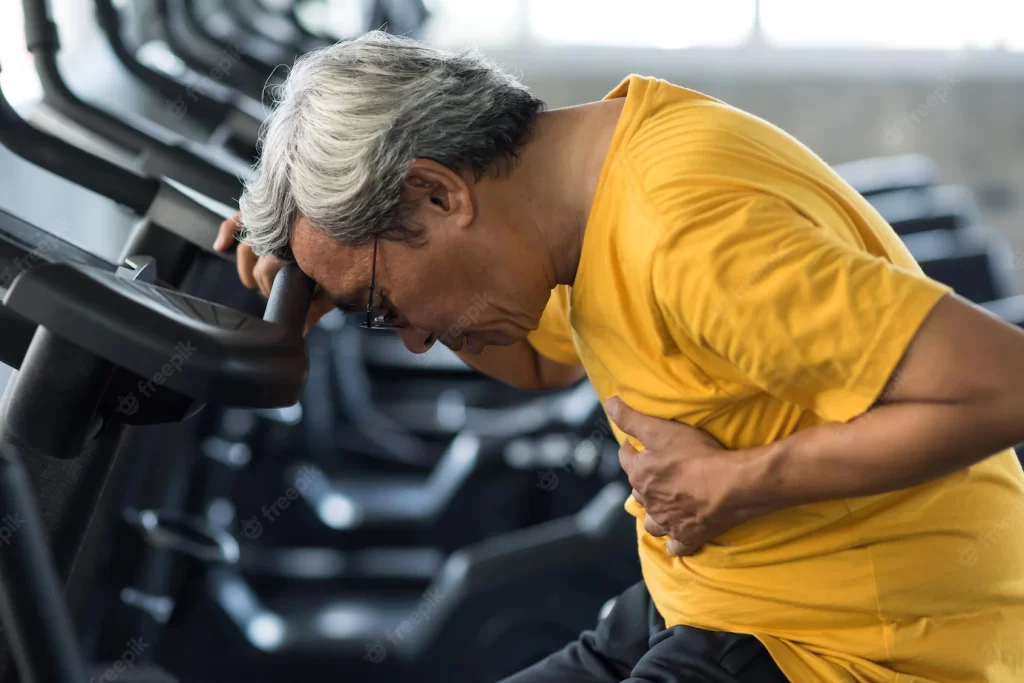What is Stroke?
Stroke is a medical term that refers to a sudden interruption or interruption of the blood supply to the brain. For example, by cutting off blood flow, either through a clot or through an artery. It is a medical term for a brain or central nervous system disorder.
What are the Types of Strokes?
Ischemic Stroke
Ischemic stroke refers to a stroke that results from the interruption of blood to the brain. The source of the blockage is usually a clot or hemorrhage, but it could also be another area of the brain that has become weak and clogged without further damage.
Hemorrhagic Stroke
Hemorrhagic stroke is a type of stroke that occurs when there is bleeding within or around the brain. It frequently follows an injury to the head or neck.
Neurogenic Stroke
It refers to a stroke caused by damage in the brain’s blood vessels or other parts of the brain.
Transient Ischemic Attack (TIA)
It is a warning sign that you may have a stroke and it can last from 2 to 60 minutes. A TIA is not a stroke, but it is an important warning sign of a possible future stroke.
Cerebrovascular Accident (CVA)
CVA is the general term for a stroke. But it is also known as a stroke and sometimes by the name of the transient ischemic attack or TIAs.
Pre-Stroke
Pre-stroke refers to a sudden or rapidly developing onset cerebral impairment in the absence of structural brain damage. It can be caused by any number of factors such as high blood pressure, high cholesterol, fever, or infections.
What are the Signs and Symptoms of Stroke?
Change in Behavior
The most common change in behavior is when the person will become seemingly confused and disoriented.
Dizziness
Dizziness can occur immediately after a stroke or later. It is often a symptom that neither the patient nor the doctor can be certain of.
Headache
The headache can be immediate or delayed, and it may also be accompanied by nausea and vomiting.
Speech Disruption
Speaking or understanding becomes difficult or impossible. Usually, the patient cannot understand what others are saying.
Visual Disturbance
It can be blurred vision or partial blindness in one’s eye due to stroke.
Arm, Leg, or Facial Numbness
Before a stroke occurs, the patient can feel hurt, tingle, feeling of numbness, or have an aching sensation, especially on one side of the body.
How to React on Stroke when it happens?
Balance
Does the person have a loss of Balance?
Eyes
does the person have a loss or blurred vision of one eye or both eyes?
Face
Does the person’s face look uneven or swollen?
Arm
Does the person able to raise both arms?
Speech
Is the person’s speech slurred?
Time
Time is crucial. Call 999 once you suspect a stroke.
How can our Hand Exoskeleton (Mirror Hand) help?
Mirror Hand combines passive continuous motion (CPM) and bilateral training mechanisms to assist the patient’s finger joint rehabilitation. Patients can autonomously switch into different rehabilitation modes when performing hand rehabilitation, including a mirror-guided mode and passive mode.
How can our Lower Limb Exoskeleton (Keeogo) help?
Keeogo is intended to provide mobility, stability, and complementary knee strength to assist ambulatory activities such as:
- Walking Gait
- Sit-to-stand and stand-to-sit
- Squatting, Crouching, Kneeling
- Stair Climbing, Jumping, and Running
Keeogo’s intended use is to support ambulation for those living in weakness, pain and decreased muscle strength, and cardiovascular endurance due to injury or illness.
What’s next?
KeeogoTM Robotic Training Centre (KRTC) is ASEAN’s first Robotic Training Center which featured Keeogo and Mirror Hand robotic device. Through the joint venture of B-Temia Asia Pte. Ltd (BTA), Wistron Medical Technology Corporation (WMT), and Rehabotics Medtech Sdn Bhd, we aim to establish many other affiliated branches throughout Asia.
We envision providing improved out-patient rehabilitation, training, and technological solutions for physical therapy professionals and their patients in need.

